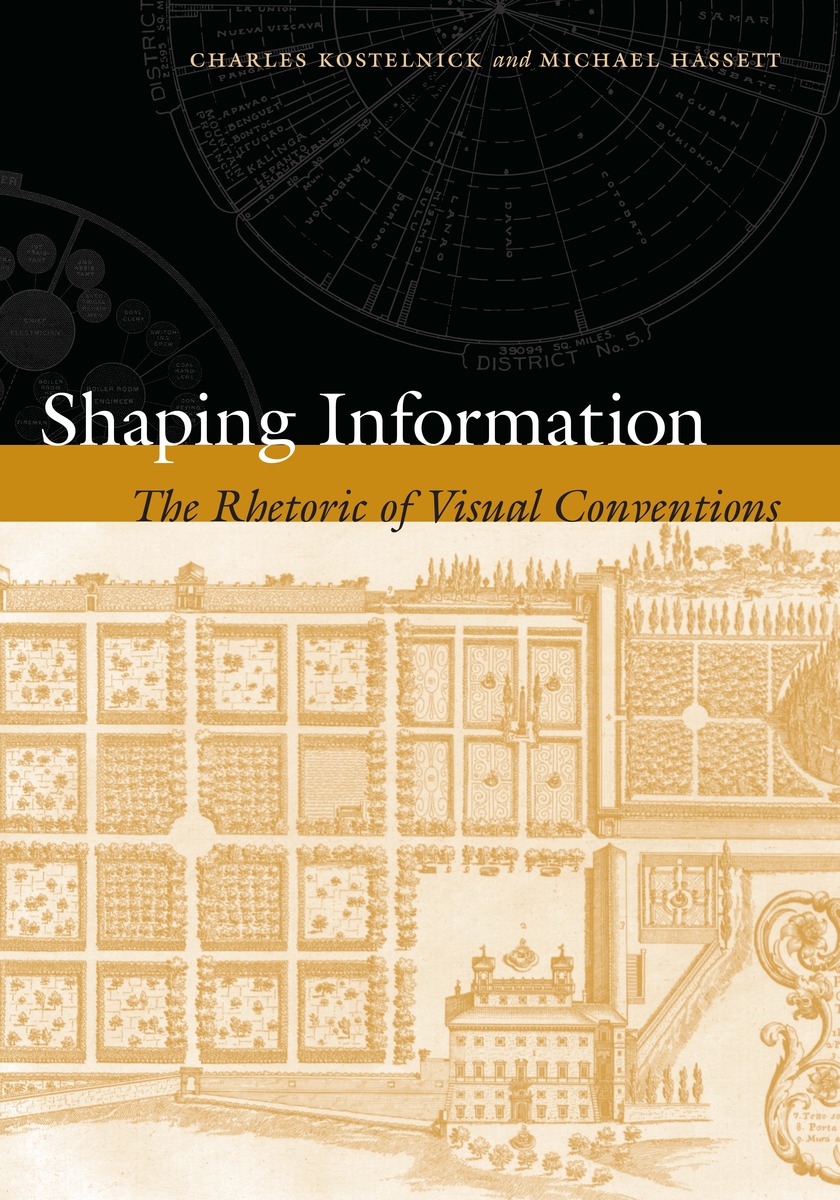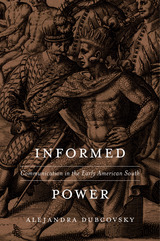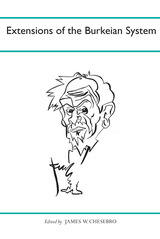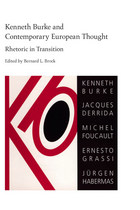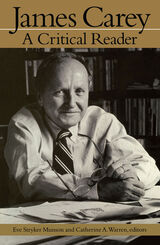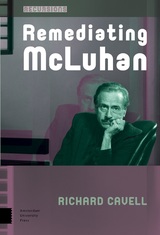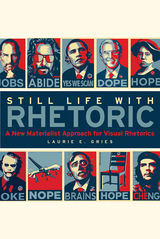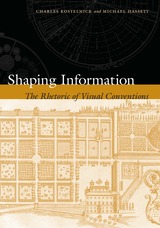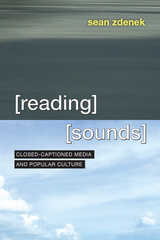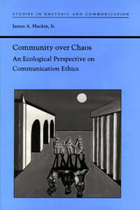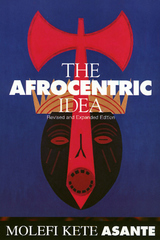Paper: 978-0-8093-3878-8 | eISBN: 978-0-8093-8905-6 | Cloth: 978-0-8093-2502-3
Library of Congress Classification P93.5.K67 2003
Dewey Decimal Classification 302.23
From charts, texts, and graphs to illustrations, icons, and screens, we live in an information age saturated with visual language. Yet the underlying principles that provide structure for visual language have long eluded scholars of rhetoric, design, and engineering. To function as a language that reliably conveys meaning, visual language must embody codes that normalize its practices among both the designers who employ it and the readers who interpret it.
In this wide-ranging analysis, Charles Kostelnick and Michael Hassett demonstrate how visual language in professional communication—text design, data displays, illustrations—is shaped by conventional practices that are invented, codified, and modified by users in visual discourse communities. Drawing on rhetorical theory, design studies, and a broad array of historical and contemporary examples, Shaping Information: The Rhetoric of Visual Conventions explores the processes by which conventions evolve and proliferate and shows how conventions serve as the medium that designers use to shape, stabilize, and streamline visual information.
Kostelnick and Hassett extend contemporary theories that define rhetoric as a social act, arguing that visual conventions also thrive within discourse communities and are fragile forms that vary widely in their longevity and scope. Shaping Information: The Rhetoric of Visual Conventions is a thorough guide for scholars, teachers and practitioners of rhetoric and business and technical communication and for professionals in engineering, science, design, and business.
See other books on: Communication Studies | Language Arts & Disciplines | Rhetoric | Visual communication
See other titles from Southern Illinois University Press
